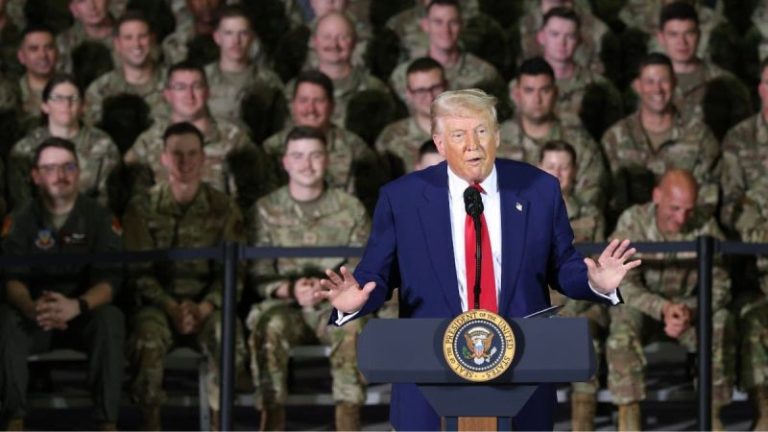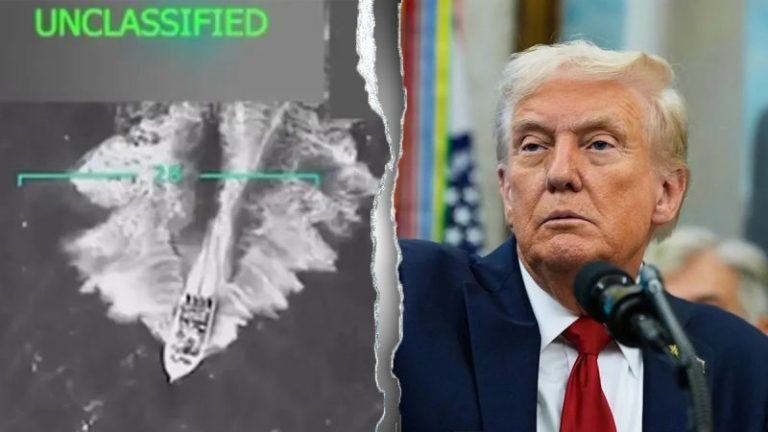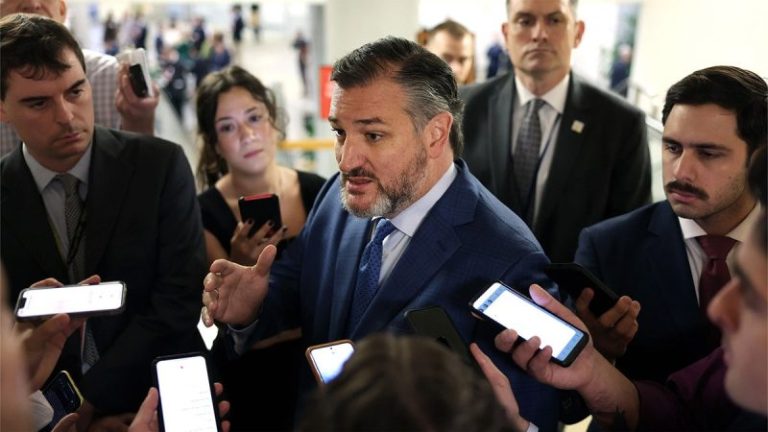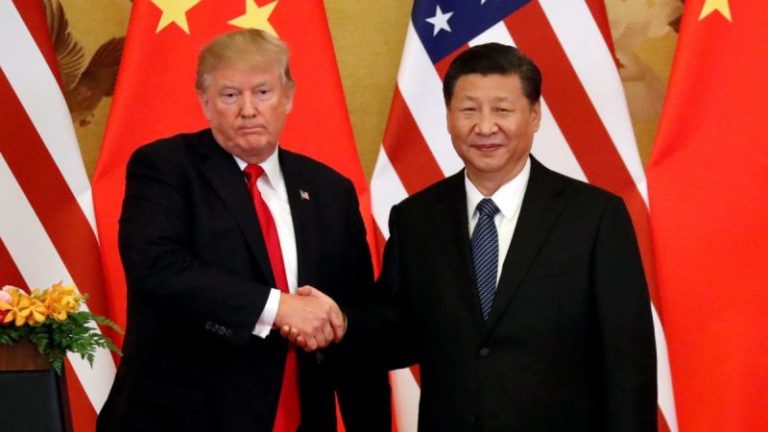The anonymous donor who gave $130 million to the Pentagon to pay troops during the government shutdown has been identified as Timothy Mellon, a reclusive billionaire and a major financial backer of President Donald Trump, according to a report.
Trump announced the donation on Thursday, but declined to reveal the donor’s identity, only describing him as a ‘patriot’ and a friend. The president again refused to name the person on Friday while talking to reporters aboard Air Force One shortly after departing Washington for Asia, calling the donor ‘a great American citizen’ and a ‘substantial man.’
‘He doesn’t want publicity,’ Trump said on Friday. ‘He prefer that his name not be mentioned, which is pretty unusual in the world I come from, and in the world of politics, you want your name mentioned.’
But the two people familiar with the matter told The New York Times that the man is Mellon, a wealthy banking heir and railroad magnate.
It remains unclear how long the donation will cover the troops’ salaries. The Trump administration’s 2025 budget asked for about $600 billion in total military compensation, according to the Congressional Budget Office.
The $130 million donation would equal about $100 a service member, according to The New York Times.
Mellon, a grandson of former Treasury Secretary Andrew W. Mellon, is a backer of Trump who gave tens of millions of dollars to groups supporting the president’s 2024 campaign. Last year, he gave $50 million to a super PAC supporting Trump, making it one of the largest single contributions ever disclosed, the newspaper noted.
The billionaire was not a prominent Republican donor until Trump was first elected but has given hundreds of millions of dollars in recent years into supporting the president and the GOP.
He is also a significant supporter of Health and Human Services Secretary Robert F. Kennedy Jr., who also ran for president in 2024, first as a Democrat and later as an independent before dropping out to endorse Trump. Mellon donated millions to Kennedy’s presidential campaign and has also given money to the secretary’s anti-vaccine nonprofit, Children’s Health Defense, according to The New York Times.
Despite his political contributions, Mellon has sought to keep a low profile.
In an autobiography published in 2015, Mellon described himself as a former liberal who moved from Connecticut to Wyoming for lower taxes and fewer people.
The Pentagon said it accepted the donation under the ‘general gift acceptance authority.’
‘The donation was made on the condition that it be used to offset the cost of service members’ salaries and benefits,’ Pentagon spokesman Sean Parnell said in a statement to The New York Times.
But the donation may be a potential violation of the Antideficiency Act, which prohibits federal agencies from spending money in excess of congressional appropriations or from accepting voluntary services.










